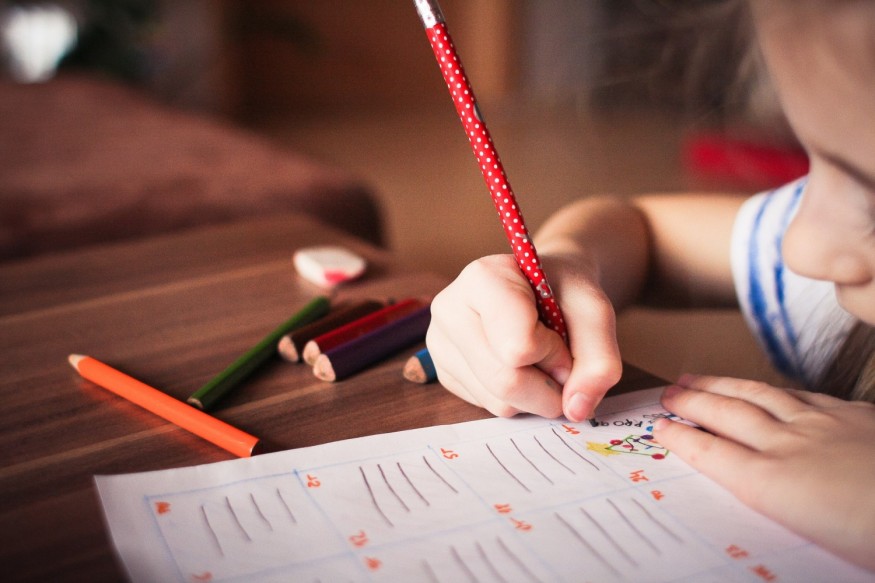Pandemic Pods or Face-to-Face Classes: Which One is Safer?

Schools reopening remain a huge issue during the coronavirus pandemic. A lot of states are still struggling to contain the spread of the virus.
Teachers and schools are still against the idea of doing face-to-face classes, according to reports.
One of the largest teachers' unions in the U.S. is allowing its members to strike if their schools force its plan to reopen without any safety measures.
Around 1.7 million school employees are members of the American Federation of Teachers. It released a resolution on Tuesday, saying that it will support any local chapter that decides to protest over reopening plans.
Some schools have opted to do an online class to ensure the safety of its staff and students. However, this poses a problem for working parents with younger children.
Remote learning at home might be hard if parents are away to work. As a solution to their problem, "pandemic pods" or "micro-schools" are slowly being introduced.
Pandemic Pods
The idea of pandemic pods is kids in the same class, grade, or neighborhood are home-schooled together. Parents can choose who hosts the group or how parents can contribute through supplies or food.
This is just one of the many solutions created by parents in the U.S. during the pandemic. With this, working parents can return to work while their children are still being educated.
In Chicago, Julia Devetski, a consumer researcher and single parent, opted for pandemic pods as a solution.
Devetsiki said that she looked at her neighborhood public school as a place where I could send (her) every day while knowing she was safe, happy, and learning.
Educator and mom Zurii D'Ambra created the Facebook group Pandemic School Pods Las Vegas for those who might want to take part in this type of home-schooling.
D'Ambra, it becomes very economical for families to work together.
She added that if parents are interested in joining a pod, they should consider some factors such as their child's needs, a learning space in a home with enough space to practice social distancing, and WiFi bandwidth, among others.
However, there are concerns being raised on the idea of pandemic pods.
Concerns on Pandemic Pods
Parents with children with immunocompromised conditions might have to think twice before allowing their children to be part of the said pandemic pods.
Just like Madeline Gregg and her six-year-old daughter Evi, when Evi was 14-months-old, she was diagnosed with Fanconi anemia, which is a rare genetic disorder resulting in impaired bone marrow function.
This causes a decrease in the production of all blood cells. Gregg said that exposure to the flu is enough to have Evi hospitalized.
"It was a no-brainer that she wouldn't be going back to school until the majority of people are vaccinated [for the novel coronavirus]," Gregg was quoted in a report.
Gregg said she contacted the parent of another immunocompromised child from Evi's kindergarten class in Louisville, Kentucky.
She said that her mom was a retired teacher and will be home-schooling the girls three days a week for three hours a day.
However, the pandemic pods solution will also cost money. Many might get left behind due to a lack of resources.
"If you're planning around those who already have access to resources, you're going to miss a lot of opportunities to actually help close some of the opportunity gaps that we know are getting even larger," Terra Wallin, associate director for P-12 accountability and special projects at the Education Trust, was quoted in a Vox report.
Check these out:
How Prepared Are California Schools for Reopening?
Schools Struggle to Reopen at Limited Capacity While Parents Protest Against It
Subscribe to Latin Post!
Sign up for our free newsletter for the Latest coverage!
© 2025 Latin Post. All rights reserved. Do not reproduce without permission.















